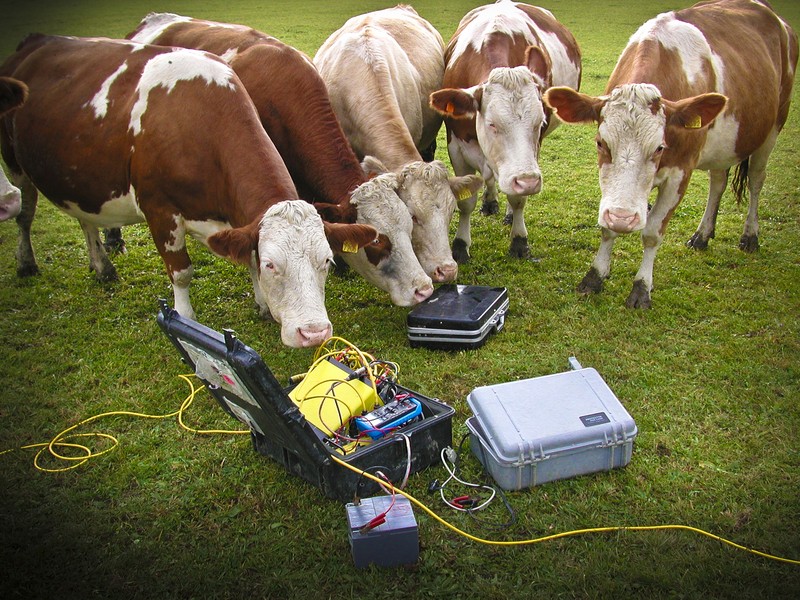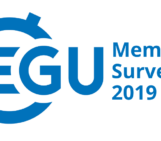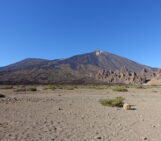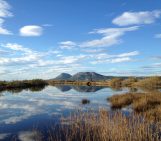Out in the field you encounter all sorts of wildlife and while mosquitos are the most frequent (and most unwelcome), they generally don’t interfere with your equipment or your data. The same can’t be said for all animals though, and many scientists have to strap their equipment out of reach, barricade it with barbed fences or place it in a relatively indestructible black box. It’s a particular problem when you need to head back to the lab or lecture theatre, and leave your equipment alone to collect precious scientific data remotely.
Animals can also cause a ruckus when you’re on site – after all, what’s more exciting than a geoscientist and their portable laboratory? This is surely the question that played on the minds of these bovine beasties before interfering with a geoelectrical survey, a method used to monitor CO2 storage and map groundwater.

Does it work? (Credit: Robert Supper, distributed via imaggeo.egu.eu)
While surveying groundwater in Salzburg, Austria, Robert Supper caught a crowd of curious cows taking a closer look at his equipment. “During the measurements on a meadow, we were inspected by a drove of cows, which immediately started to taste electrodes and cables,” he explains.
“On geoelectrical surveys in rural areas, we often encounter an interesting phenomenon: cows or sheep completely ignore us until we finish the installation of cables and electrodes. As soon as we are ready and want to start the measurements, they start to inspect everything, sniff on the equipment, nibble on the cables, stumble over the profile or (worst case) shit on it. If everything was tested correctly by them, they disappear,” Supper adds. Take care when you’re working in a rural area, you might just get some company.
By Sara Mynott, EGU Communications Officer
If you are pre-registered for the 2014 General Assembly (Vienna, 27 April – 2 May), you can take part in our annual photo competition! Up until 1 March, every participant pre-registered for the General Assembly can submit up three original photos and one moving image related to the Earth, planetary, and space sciences in competition for free registration to next year’s General Assembly! These can include fantastic field photos, a stunning shot of your favourite thin section, what you’ve captured out on holiday or under the electron microscope – if it’s geoscientific, it fits the bill. Find out more about how to take part at http://imaggeo.egu.eu/photo-contest/information/.




